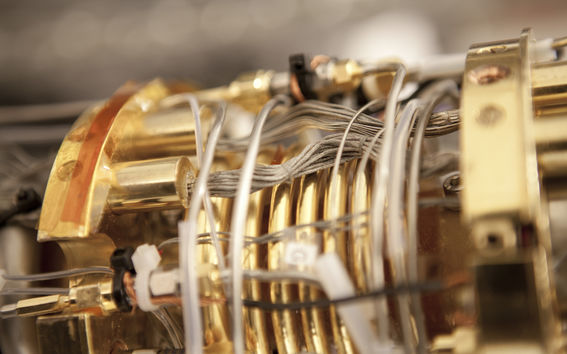Fusion energy will save our future? True or false: Five claims about fusion power

1. Fusion energy will solve the world's energy production problems.
Kurki-Suonio: Hopefully true
It's extremely important to realize that nothing major can happen in the energy sector on a very quick time scale. Change has to be measured in decades rather than years. The energy system is quite stiff, so right now saving energy is the key. However, this is certainly brilliant news. With fusion, we're in new territory and cannot know for sure what we'll find.
2. Fusion energy production is completely emission free.
Hirvijoki: False
Although the fusion process itself does not release any greenhouse gases, producing fusion energy is not completely emission free. Every single technology we use for electricity or heat production requires construction materials, and the production of raw materials currently is not emission free.
3. In the quest for fusion, all efforts should now be directed to the technology that produced this breakthrough.
Kurki-Suonio: False
Even in research, it makes sense not to put all your eggs in the same basket, so to speak. Two kinds of technologies have been explored to harness fusion energy: inertial confinement fusion (ICF) and magnetically confined fusion (MCF). For decades, MCF has been far ahead, with steady (but less stunning) progress. Therefore, a single 'leap' discovery in ICF does not justify abandoning MCF. Several DEMO-class reactors that will demonstrate electricity production using MCF are being developed not only in Europe but also at least in China, Korea and the US – each with a somewhat different approach based on the same principle.
4. Researchers at Aalto University carry out globally significant fusion energy research.
Kurki-Suonio: True
At Aalto, we have three focal areas: Material research, power exhaust and supra-thermal particles. All of these topics are at the cutting edge of the most relevant research towards fusion energy.
Hirvijoki: True
At Aalto, we do a lot of massive simulations. We're talking about computing power comparable to hundreds of thousands if not millions of ordinary laptops. This is where artificial intelligence comes into the picture. The goal is to create simplified models derived from the heavier first-principles models. These would capture the most relevant information for making predictions while also relieving the computational burden. Ultimately, the common goal of the simulations done by researchers around the world could be described as something like a flight simulator for a fusion device.
5. All students should have basic understanding of energy.
Kurki-Suonio: True
An unbiased understanding of the pros and cons of different energy production mechanisms is the only way to secure the future of today's youth. It's even more important to understand and adopt a reasonable and responsible approach to using energy. That's why every student should get a basic understanding of the energy field: what we can do to guarantee 24/7 production of energy that meets the needs of the society in a sustainable manner. Then they can decide if some energy sector interests them to study further.
Taina Kurki-Suonio is a senior university lecturer and leader of the ASCOT research group at the department of applied physics. She is also engaged in energy issues at EU level as the vice chair of the ESFRI energy Strategic Working Group.
Eero Hirvijoki is an academy research fellow and university lecturer at the department of mechanical engineering.
Read more news
Create your CV easily with the Research.fi profile tool
Aalto University’s researchers can now create a CV using the CV tool in the Research tool service. The tool generates an editable Word CV based on your Research.fi profile information, following the official TENK CV template.
Are you tired of bad news?
The Laboratory of Hope exhibition presents ideas for a brighter future from 5th February to 27th March 2026Apply to be a guest professor or visiting researcher at the Université Grenoble Alpes
Unite! partner, Université Grenoble Alpes (UGA) has opened a call to host international professors and researchers for short stays.






